Waterproofing wet room/shower floor
hhoedl
last year
Featured Answer
Sort by:Oldest
Comments (20)
Helene Hoedl
last yearHelene Hoedl
last yearRelated Discussions
Basement shower/wet room-ideas & kerdi?
Comments (1)I know some folks do this sort of shower with a toilet in it, let me tell you why I wouldn't: I think the toilet would be constantly damp and covered with water spots. Unless you have extremely soft water with no minerals and you only use liquid soaps [generally clean rinsing] and banned most hair products, I think you'd need to get on your hands and knees to dry the toilet after every shower. And remember: a curbless still needs to be lower than the surrounding floor, so the shower either has to be carved into the slab, or the slab will need to be raised. In the process of designing my house, I came up with all sorts of creative ideas to resolve space planing dilemmas. Some worked and I kept them; more didn't, and I had to keep thinking. For me, this would be in the 'keep thinking' column....See MoreWet room sliding shower door floor replacement threshold required
Comments (0)Hi We have a walk-in shower with sliding door and a fixed panel and the threshold is unique which was installed by new build buider some 6 years ago. The shower frame, sliding door and fixed glass panel do not have any manufacturer / brand name so looking for some advise who might know the manufacturer or this particular threshold part supplier. We have similar threshold in other shower rooms, so I know this threshold piece comes in length and can be cut to size. See photos below of threshold. RIGHT SIDE LEFT SIDE FULL LENTH, Threshold lifted up as silicon is now loose. you can see that it has a built-in plastic seal which is coming off from the threshold. You can also see both ends of thresholds in this photo which is unique. google search could not find any threshold with this type....See MoreTo wet room or not to wet room?
Comments (31)I will tell you I have a 7x9.5 room the shower is 7ft wide and is open to the room (haven't put glass up and might not. The other side of the room is a 4ft vanity and toilet. Your room is of a similar size with an added tub and minus the Vanity and toilet. I will say that when you have a big shower, things stay clean. Your tub is not going to get splashed the water doesn't go further then 4 feet. I will say I have a large rain shower overhead, so the water comes straight down not from the side wall pointing out but if you wanted to go that route put it so it shoots towards the other wall not the tub. Also if you go that route you need to add a hand shower on a bar which gives you the option to have reg type water flow when you don't want to get your head wet. Oh, edited to add that the room has Ditra on the floor and the shower walls are kerdi, so essentially it is a wet room. The width of the room and 4 ft towards the drain the shower is pitched towards a trench drain that is 7ft long. Works wonderfully and been using it for close to 2 years now. A well-designed space is wonderful to enjoy and easy to keep clean and tidy....See MoreIs a mosaic shower floor with mortar n grout lines still waterproof?
Comments (12)Thank you all so much. Unfortunately I did not take pictures of the work in progress. I spoke with the contractor, and he said that he used a 60x60" shower pan that is hard foam, and then a kerdi membrane over that that extended a couple inches past the border. And then he used a kerdi membrane on the walls which hangs down about 4" onto the floor. I attached a picture of the whole room (it's meant to be handicapped accessible bathroom for our son with cerebral palsy). He explained that pan goes up to the wall before the toilet, and beyond that is just concrete slab. He had trouble leveling the shower pan because they had jackhammered into the slab to install the drain and backfilled with gravel, and it ended up higher than planned. So the part of the floor with the toilet is lower than where the pan is, so the water puddles there. He says that the puddle won't be a problem though, because the tile is on the concrete slab (and not a wooded base on a 2nd story), so any moisture would be on concrete and won't cause mold. Is this true? How would you advise I handle this situation? I sincerely appreciate your help!!...See MoreLinda@icookinmykitchen.com
last yearHelene Hoedl
last yearPerfect Edge Finishcrafters
last yearhhoedl
last yearHelene Hoedl
last yearPerfect Edge Finishcrafters
last yearlast modified: last yearHelene Hoedl
last yearHelene Hoedl
last yearRipped Jeans Construction
last yearStonetech/Avanti Tile
last yearcpartist
last yearcpartist
last yearlast modified: last yearHelene Hoedl
last yearStonetech/Avanti Tile
last yearHelene Hoedl
last yearcpartist
last yearHelene Hoedl
last year
Related Stories
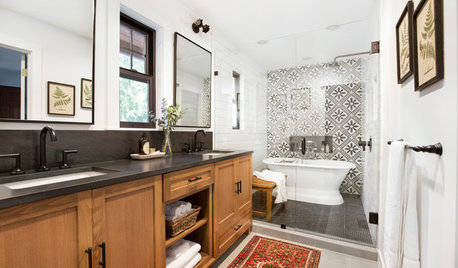
BATHROOM DESIGN5 Bathrooms With Wet Room Areas for a Tub and a Shower
The trending layout style squeezes more function into these bathrooms
Full Story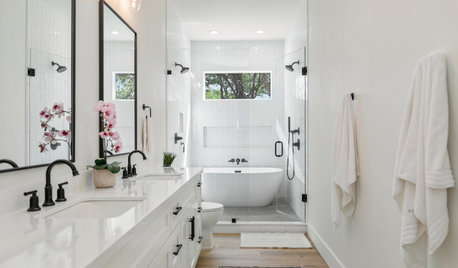
BATHROOM DESIGNBathroom of the Week: Bright White Style With a Spa-Like Wet Room
A designer creates a cottage retreat with light finishes, warm wood-look flooring and a large shower with a soaking tub
Full Story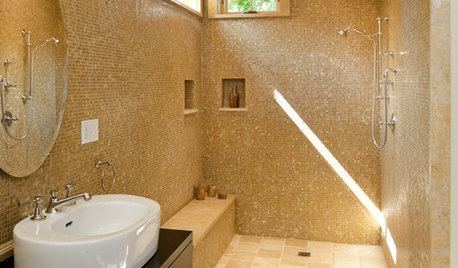
BATHROOM DESIGN8 Tips for Creating Your Own Wet Room
Warm up a room full of tile with color, light, texture and wood
Full Story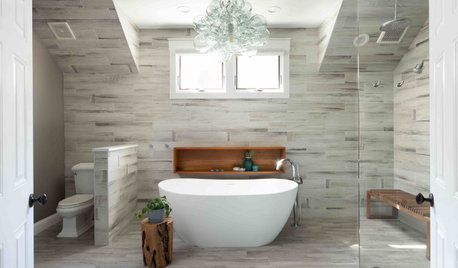
BATHROOM DESIGNIs a Wet Room Right for You?
Find out what to consider when choosing an open-concept bathroom
Full Story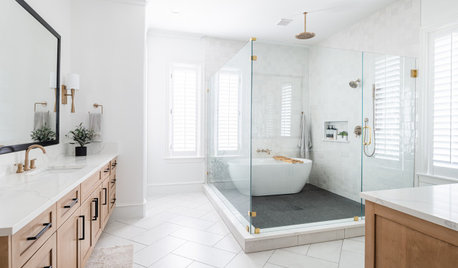
BATHROOM MAKEOVERSBathroom of the Week: Brighter and Breezier With a Wet Room Setup
A designer transforms a muted Tuscan-style space with lighter finishes, a new shower and a more open layout
Full Story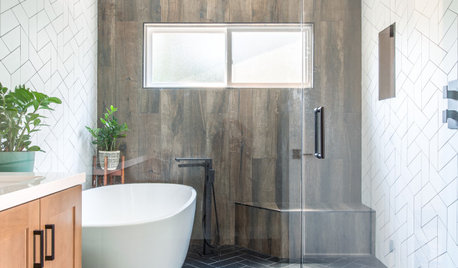
BATHROOM MAKEOVERSBathroom of the Week: A Wet-Room Strategy and Nods to Retro Style
A designer creates a playful room with geometric tile patterns, a minimalist tub and a wood-look shower wall
Full Story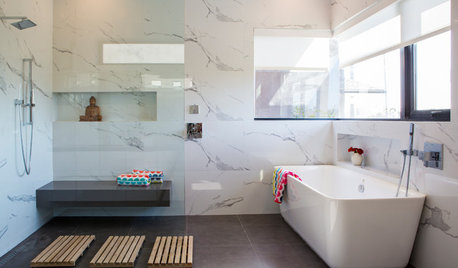
BATHROOM DESIGNNew This Week: 4 Wonderful Bathroom Wet Rooms
These designers use wet and dry areas to create refreshingly open and airy bathrooms
Full Story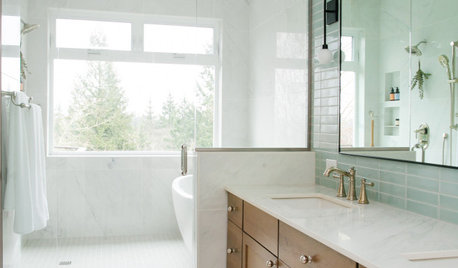
BATHROOM DESIGNBathroom of the Week: Spa Feel With a Welcoming Wet Room
A design and build team helps empty nesters rethink their primary bathroom with bright style and a breezier layout
Full Story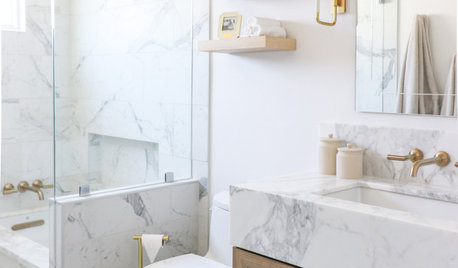
BATHROOM MAKEOVERSBathroom of the Week: Light and Airy Look With a Wet Room
A designer transforms a couple’s aging bathroom with a new layout, a hardworking wood vanity and a bright style
Full Story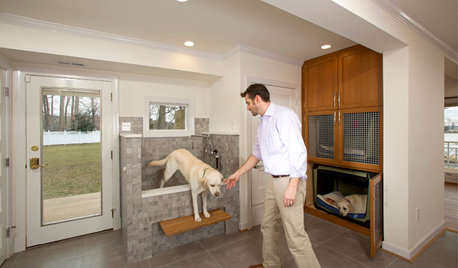
LAUNDRY ROOMSA Laundry Room With Bunk Beds and a Shower for Muddy Dogs
Custom cabinets with dog beds and a new step-up dog shower turn a laundry room into a hardworking hot spot
Full Story


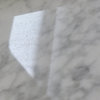
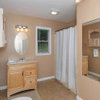


millworkman